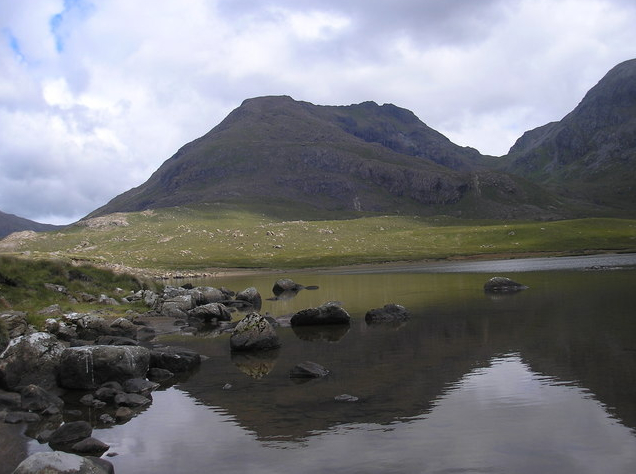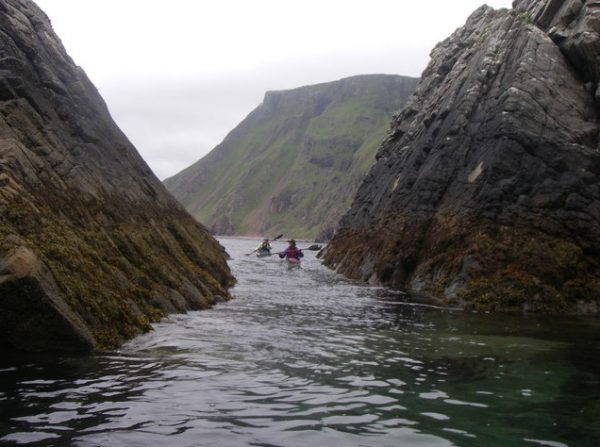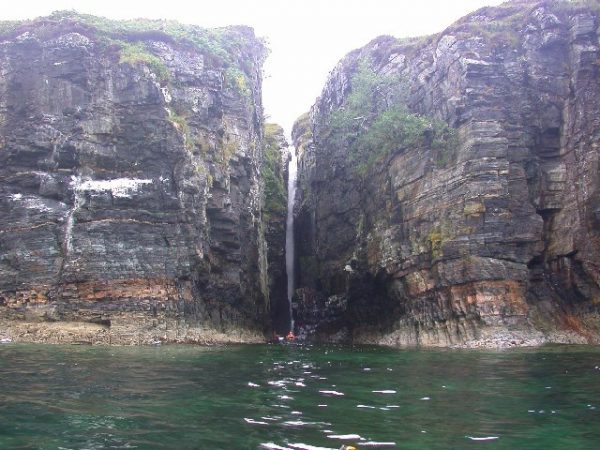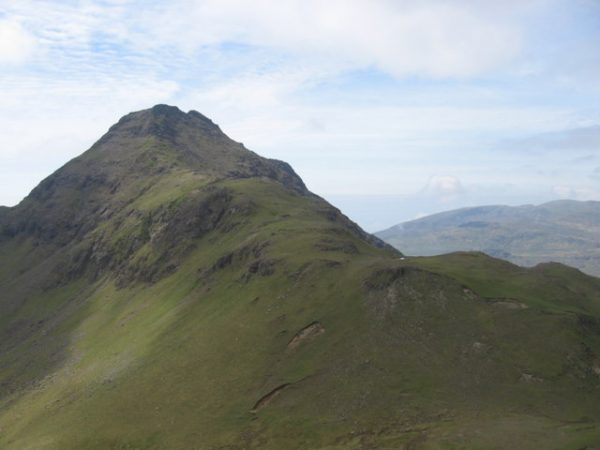Remote Scottish Isle Of Rum Looking for Hardy People to Live Off The Grid

The Isle of Rum in Scotland’s Inner Hebrides in the district of Lochaber is looking for people to move there and help the population grow. The island, which is eight miles from tip to tip, currently has about forty people residing there and wants more families with children to help with the diversity of the island.
The island is extremely remote but there are many jobs available which will only increase when more people move in. Fish farming, food production, childcare, maintenance jobs and tourism related jobs are available according to uk.style.yahoo.com.

The Isle of Rum’s Community Trust and the Scottish Government’s Rural and Islands Housing Fund has cleared a patch of land and has been building four new two bedroom eco-homes located on the outskirts of Kinloch village on the east coast.
The rustic looking buildings are quite close to each other and are to be rented rather than sold. According to isleofrum.com, special consideration would be given to those with a unique craft or to those with children.
The island is reached by ferries and charter boats but not by car. There are no gas stations and ferries will not accommodate vehicles except under extreme circumstances.
One can park their vehicle in a car park in Mallaig and walk about five minutes to the ferry terminal. Visitors can also take buses or trains to Mallaig and enjoy the scenery along the way including the Glenfinnan viaduct that appeared in the Harry Potter films.

Rum has been designated as a National Nature Reserve and a Biosphere Reserve from 1976 to 2002, a Site of Special Scientific Interest in 1987 and has seventeen sites considered nationally important monuments.
It is classified as a Category II protected area by the International Union for Conservation of Nature. The island features red deer, feral goats, Highland cattle and Highland ponies.
A birdwatcher’s paradise, the island has populations of Manz shearwaters, Eider ducks, guillemots, kittiwakes and shags and White-tailed and Golden eagles. Game fish such as brown trout and European eel populate the streams.
There are no reptiles other than the common lizard and the palmate newt is the only amphibian. At times dolphins will accompany the ferries on the way to the island.
Evidence of a middle stone age settlement has been found on the north shore of Loch Scresort and has been labeled as one of the earliest human settlement sites in Scotland. Ten thousand artifacts were gathered which confirms the site had been in use for over a thousand years.

Scientists believe the early humans were attracted to the island because of the large deposits of chalcedony which was used to make tools and used as flint.
About four thousand years ago early humans were residing on the island and cultivating the land. Bronze Age relics such as cairns were found at Guirdhil and Harris and forts at Kilmory and Shellesder.
In 150 AD an Egyptian of Greek descent, Ptolemy, drew the first Scottish map known to exist and two hundred years later the Romans were referring to the island’s inhabitants as “Picts”.
By 500 AD Vikings made their presence known and about 700 AD the first known reference to Rum was made by early Christians. During the 1500s and 1600s the land was traded back and forth between clans and by 1616 sons were unable to inherit land unless they could speak, read and write English paving the way for the end of the Gaelic languages.
With the end of clan wars and the introduction of the potato by 1795 the island saw its peak of population at four hundred and forty three residents.
Financial problems led to three hundred residents being relocated to Nova Scotia leaving fifty residents in 1826 which were relocated in 1828. In 1831 the population was at one hundred and thirty four mostly of the clan of Maclean.
Another Article From Us: Britain’s Oldest Horse-Drawn Barge Shuts Down, ‘snowflakes’ Accuse Owner of Animal Cruelty
The last of the Macleans put the island up for sale in 1845 and it was purchased by the Second Marquis of Salisbury. The island changed hands several more times until 1957 when it was sold to the Nature Conservancy for £23,000 and became the island as we know it today.
